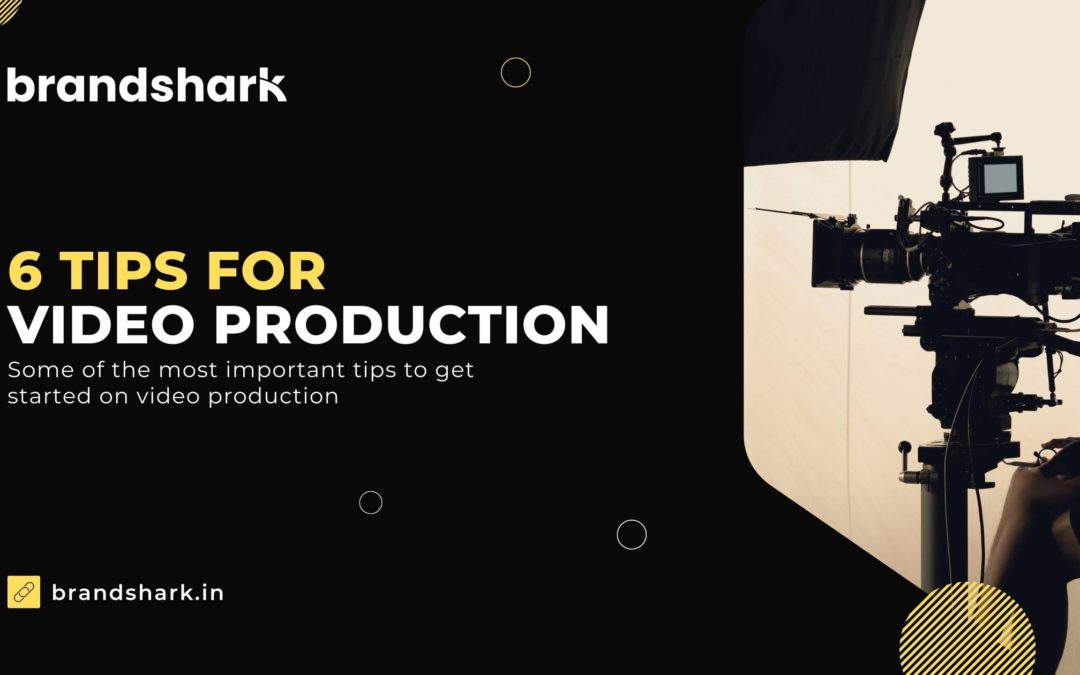Creating videos can be a fun and exciting way to share your ideas with the world. But getting started can be tricky, especially if you don’t have any experience in video production. That’s why we’ve put together this helpful guide, which will teach you the basics of video production. By following these six simple tips, you’ll be well on your way to creating high-quality videos that will impress your friends, family, and clients!
Contents
1. What is video production and what does it involve?
Video production is the process of creating videos. It can involve anything from shooting and editing footage to adding graphics and titles. In order to produce high-quality videos, you need to have a good understanding of the video production process.
2. The different types of equipment that you’ll need
One of the most important aspects of video production is choosing the right equipment. You need to select gear that will meet your needs and budget. Here are some of the most important pieces of equipment:
- Camera: The camera is the most important piece of equipment in video production. It’s important to select a camera that meets your needs and budget. There are a variety of cameras available on the market, including DSLRs, camcorders, and smartphones.
- Tripod: A tripod is essential for shooting stable footage. It’s important to find a tripod that’s lightweight and easy to carry, so you can take it with you on shoots.
- Lighting: Good lighting is essential for creating quality videos. You should invest in some good lighting equipment if you want your videos to look their best. There are a variety of lighting options available, including studio lights, LED lights, and reflectors.
3. Planning your video shoot
Before you start shooting your video, it’s important to plan out your shoot. This will help ensure that you get the shots you need and that you don’t waste time filming unnecessary footage. Here are some tips for planning your shoot:
- Decide on a concept: Before you start filming, decide on a concept or story for your video. This will help guide your shots and make it easier to edit the footage later on.
- Write a script: If you’re not comfortable improvising on camera, write a script for your video. This will help ensure that your ideas are presented in a clear and concise manner.
- Storyboard your shots: A storyboard is another way to plan out your shots before filming begins. This will help you visualize how each shot will look in the final video.
4. Editing your footage
Once you’ve shot all the footage for your video, it’s time to start editing it together into a cohesive whole. This can be a daunting task, but there are a few tips that can help make it easier:
- Use transitions: transitions help bridge the gap between different shots and create a smooth flow between scenes. There are a variety of transition types available, including dissolves, wipes, and fades.
- Add music: Music can help set the tone of your video and make it more engaging. Make sure to choose music that fits the mood of your video.
- Use graphics and titles: Graphics and titles can help add visual interest to your video and introduce viewers to the topic of your video.
5. Exporting your video
Once you’ve finished editing your video, it’s time to export it so you can share it with the world. When exporting your video, there are a few things to keep in mind:
- File format: The file format you choose will determine where your video can be played. The most common file formats are MP4, AVI, and MOV.
- Resolution: The resolution of your video will determine how clear it looks when played back. Higher resolutions look better but take up more space.
- Frame rate: The frame rate of your video will determine how smooth the motion appears. Higher frame rates look better but can make your video file larger.
- Bitrate: The bitrate of your video will determine the quality of the audio and video. Higher bitrates result in better quality but take up more space.
6. Promoting your video
When you’ve finished editing your video, it’s important to promote it so that people can see it. Here are a few tips for promoting your video:
- Share it on social media: Social media is a great way to share your video with the world. Make sure to post it on all of your social media channels, and ask your friends and followers to share it as well.
- Submit it to video websites: There are a number of websites where you can submit your videos for free exposure. Some popular video websites include YouTube, Vimeo, and Dailymotion.
- Embed it on your website: If you have a website, embed your video on your homepage so that visitors can watch it right on your website.
- Send it to bloggers and journalists: If you know any bloggers or journalists who might be interested in covering your video, send them a link to the video and ask them to write about it.
When it comes to professional video production, the devil is in the details. By following these six tips, you’ll be able to produce high-quality videos that will impress your friends, family, and clients. So what are you waiting for? Get started today!
Brandshark provides professional video production services and Product photography services so if you are looking for a corporate video shoot, product video shoot, then check out our work.
